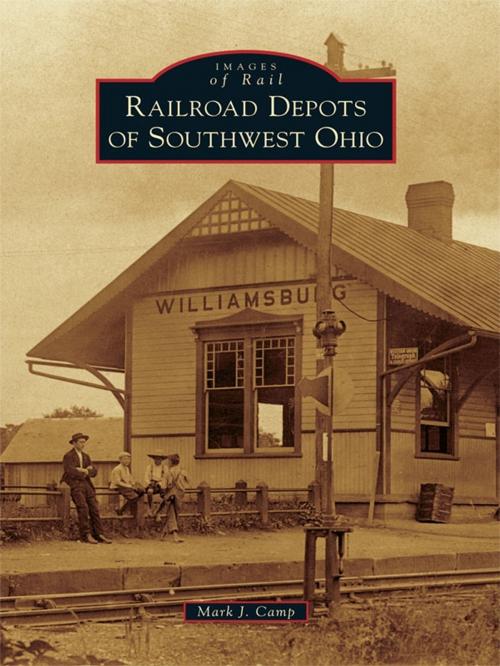Railroad Depots of Southwest Ohio
Nonfiction, Reference & Language, Transportation, Railroads, History, Art & Architecture, Photography, Pictorials, Travel| Author: | Mark J. Camp | ISBN: | 9781439641071 |
| Publisher: | Arcadia Publishing Inc. | Publication: | July 19, 2010 |
| Imprint: | Arcadia Publishing | Language: | English |
| Author: | Mark J. Camp |
| ISBN: | 9781439641071 |
| Publisher: | Arcadia Publishing Inc. |
| Publication: | July 19, 2010 |
| Imprint: | Arcadia Publishing |
| Language: | English |
Springfield was the original destination of the two oldest railroad companies to lay rails in Ohio, the Mad River and Lake Erie Railroad and the Little Miami Railroad. This would form the first rail link between Lake Erie and the Ohio River. Other routes became more important as rails eventually spread like spokes of a wheel from Cincinnati, and connections were made to Akron, Chicago, Cleveland, Columbus, Dayton, Indianapolis, Lexington, Louisville, Marietta, Pittsburgh, St. Louis, and Toledo as well as many other cities by the late 1800s. Hundreds of depots were erected to serve train travelers, ranging from the smallest shelter to the standard combined passenger-freight building to the major city passenger terminal. Cincinnati, Dayton, and Springfield became railroad centers, and towns like Blanchester, Hamilton, Loveland, Middletown, Morrow, Wilmington, and Xenia, served by more than one line, became busy transfer points. With the decline of rail passenger service, depots became unnecessary�many were demolished. Railroad Depots of Southwest Ohio presents a pictorial look at a sampling of these grand structures when they were in their prime.
Springfield was the original destination of the two oldest railroad companies to lay rails in Ohio, the Mad River and Lake Erie Railroad and the Little Miami Railroad. This would form the first rail link between Lake Erie and the Ohio River. Other routes became more important as rails eventually spread like spokes of a wheel from Cincinnati, and connections were made to Akron, Chicago, Cleveland, Columbus, Dayton, Indianapolis, Lexington, Louisville, Marietta, Pittsburgh, St. Louis, and Toledo as well as many other cities by the late 1800s. Hundreds of depots were erected to serve train travelers, ranging from the smallest shelter to the standard combined passenger-freight building to the major city passenger terminal. Cincinnati, Dayton, and Springfield became railroad centers, and towns like Blanchester, Hamilton, Loveland, Middletown, Morrow, Wilmington, and Xenia, served by more than one line, became busy transfer points. With the decline of rail passenger service, depots became unnecessary�many were demolished. Railroad Depots of Southwest Ohio presents a pictorial look at a sampling of these grand structures when they were in their prime.















